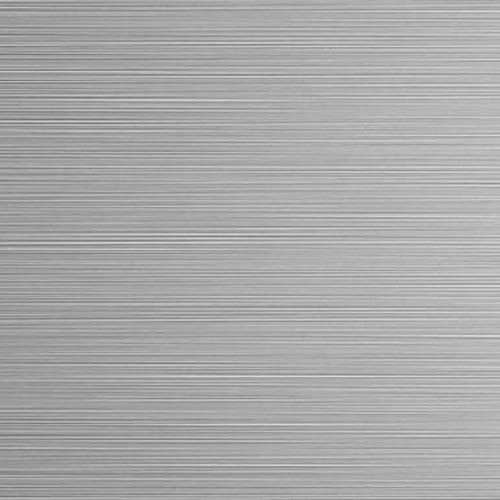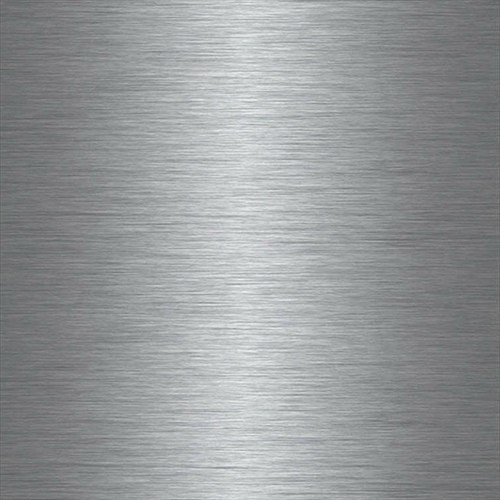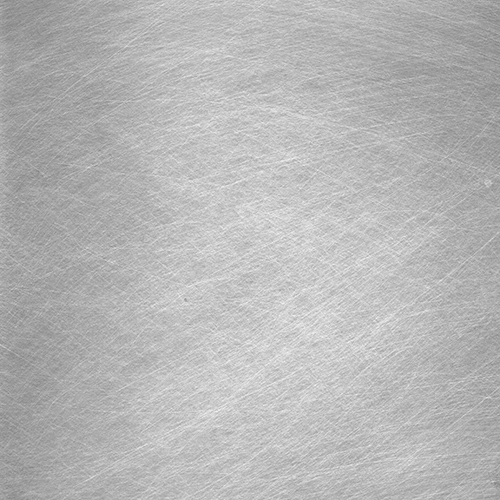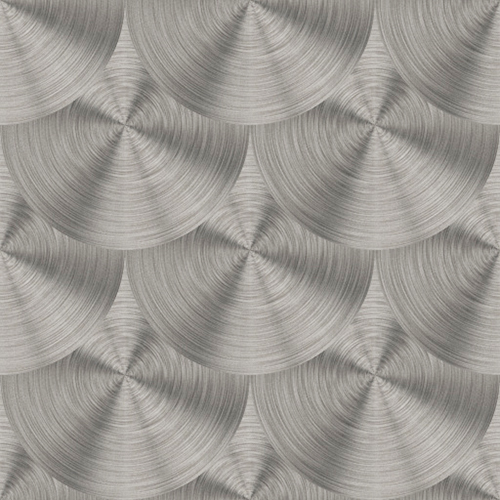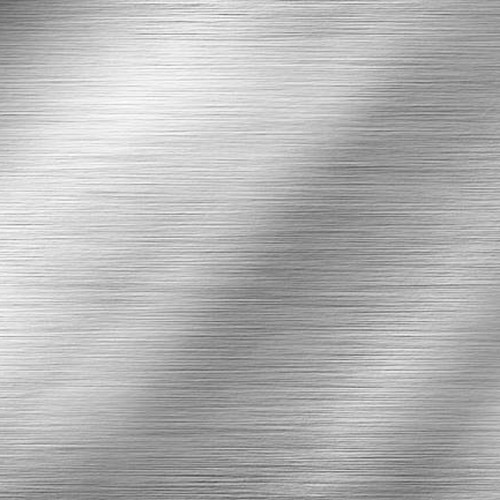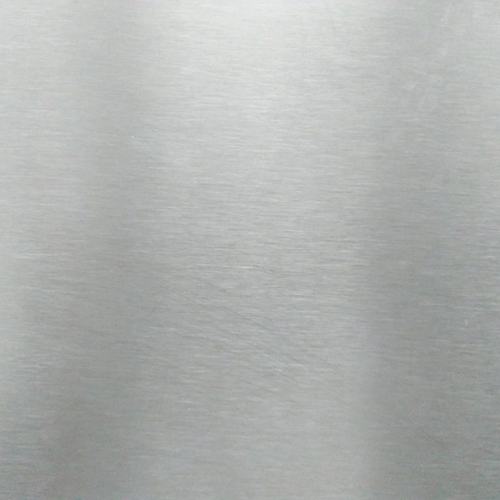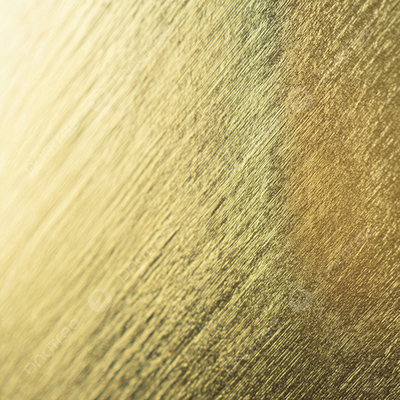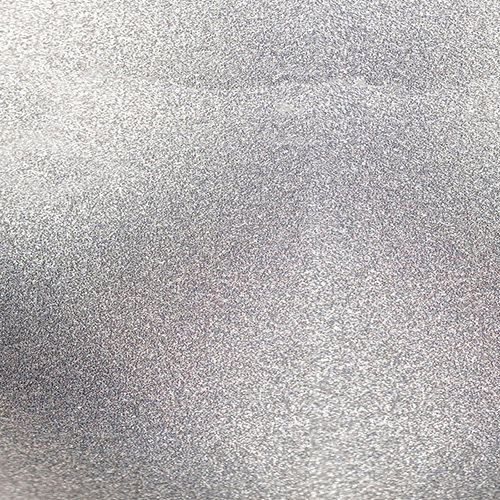Brushed Finishing Service
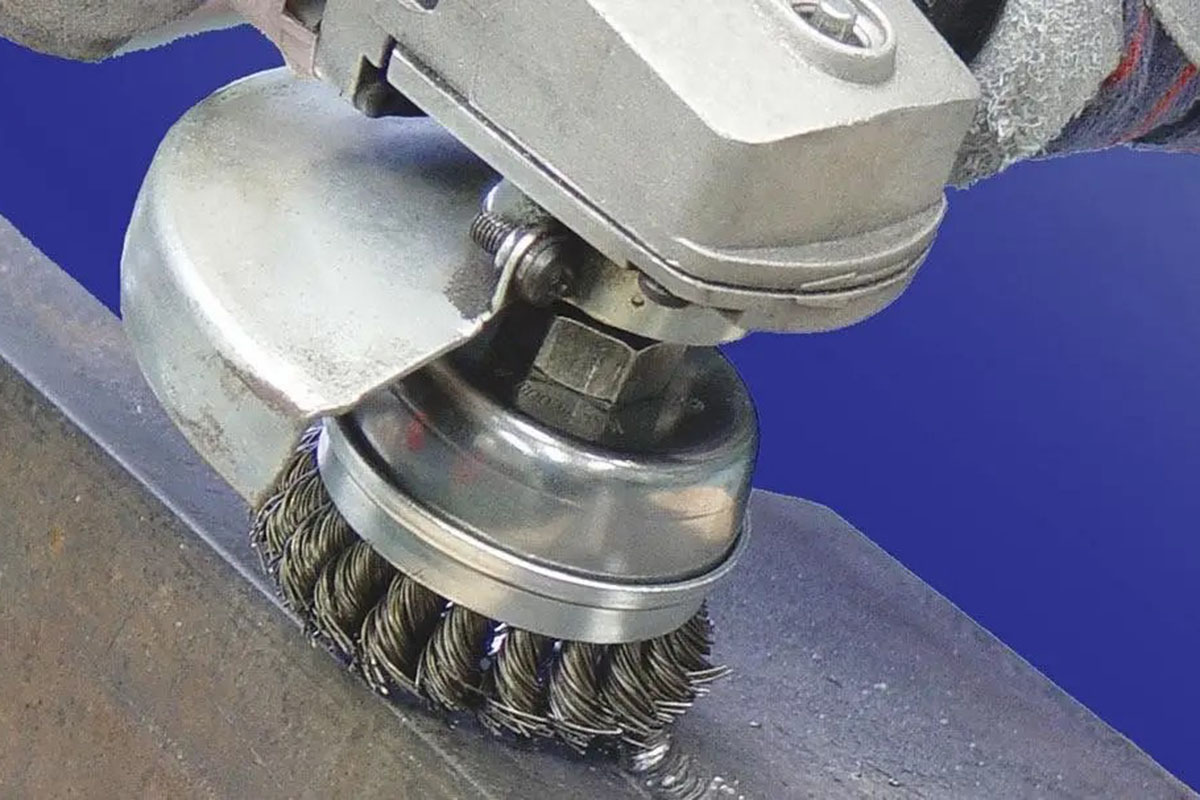
What is Brushed Finishing for Metal Parts?
Our Brushed Finish Process Types
Why Choose KingStar’s Brushed Finish Service

Frequently Asked Questions
- Brushed finish: Has clear, directional lines created by sanding with grit belts. It reflects light along the texture lines (subtle linear highlights) and hides minor scratches well. We use this for parts where texture “personality” matters (e.g., stainless steel sinks, brass hardware).
- Satin finish: A smooth, uniform matte look with no visible directional lines. It’s made by finer sanding (400+ grit) plus a light polishing step — it scatters light evenly (no highlights) for a “softer” appearance. Satin works better for parts where you want matte without texture (e.g., luxury watch cases, medical device surfaces that need frequent wiping).
We can — but it depends on the plastic type (hardness and heat resistance matter most). We regularly handle rigid plastics like ABS, PC (polycarbonate), and acrylic (common in home appliances’ shells, consumer electronics, or decorative trim). Soft plastics (e.g., PP, PE) are too flexible — the texture will wear off quickly or warp during processing. For plastic brushing, we use specialized fine-grit abrasive tools (instead of metal sanders) and lower speeds (to avoid melting the plastic). We recently did a batch of ABS plastic control panels for a medical device client — the brushed texture held up through their durability testing (10,000+ touch cycles). If you have a plastic part, send us a sample first — we’ll test the material and share a small finished piece for your approval.
- Stainless steel: Wipe with a soft cloth and mild soap (avoid harsh cleaners like bleach) to remove fingerprints or grime.
- Aluminum: Use a non-abrasive cleaner (e.g., window cleaner) — avoid scrub brushes that can scratch the texture.
- Copper/brass: We include a small bottle of anti-tarnish spray with copper orders — reapply every 6 months to keep the finish bright. For daily care, just dust with a dry cloth.
It depends on the material and post-treatment — and we tailor both to your use case. For outdoor projects (like building facades), we recommend 316 stainless steel with a passivation post-treatment (adds a corrosion-resistant layer) or aluminum with Type II anodizing. These setups have lasted 5+ years on our clients’ outdoor installations. For high-wear areas (e.g., restaurant kitchen counters), No.4 standard brushed stainless steel works best — its short, uniform texture hides minor scratches better than smoother finishes.
Yes — our 10+ years of experience let us work with parts from 0.1mm to 10mm thick. For ultra-thin materials (like 0.1mm aluminum shims for electronics), we use light-pressure manual sanding blocks to avoid warping. For thick parts (e.g., 10mm stainless steel industrial frames), we rely on our heavy-duty electric sanders with adjustable grits to ensure even texture. We’ve even processed 0.5mm copper sheets for decorative art without damaging the material.
